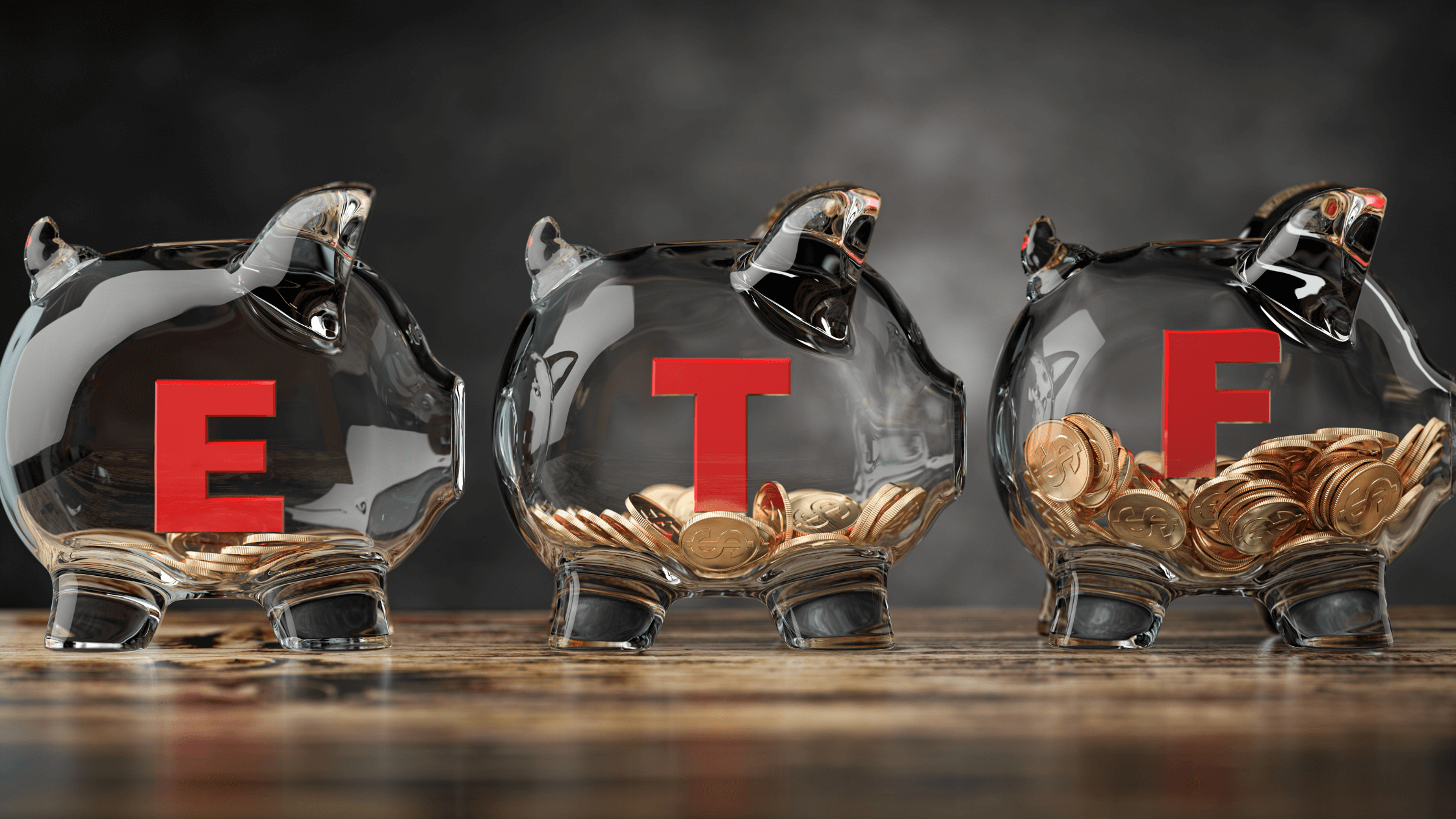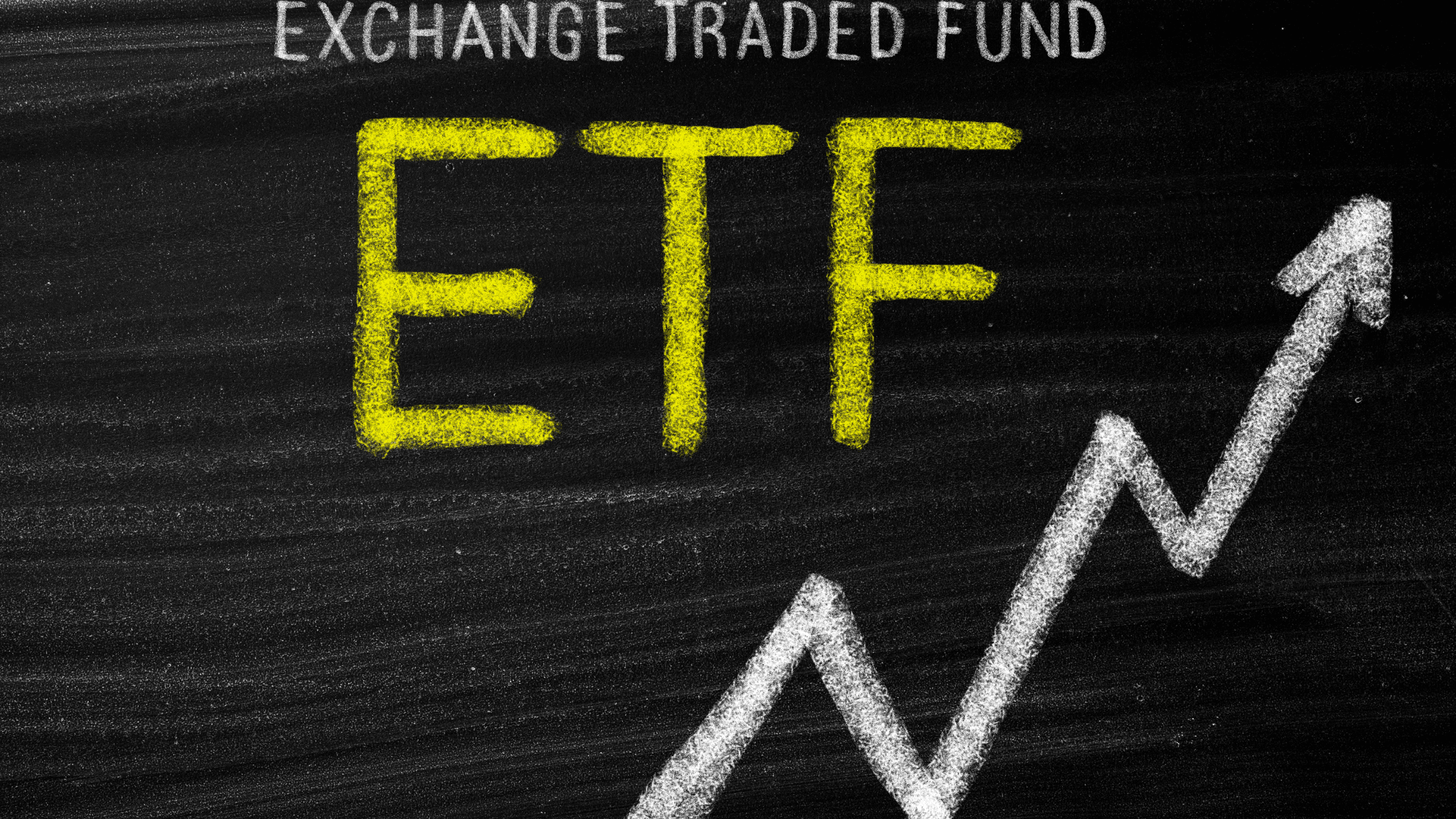ETF Investing: What are the Options?

Exchange-traded funds (ETFs) are a great way for investors, just starting out, to gain access to the wealth-compounding effects of the stock market.
In fact, that’s true for investors of all stripes. The basket of stocks that ETFs can offer mean investors are able to quickly access diversification by both sector, geography and even thematic trends.
For new investors, there are a multitude of ETFs in the market to choose from. In fact, in 2020 there were over 7,500 listed ETFs on stock exchanges worldwide.
That equated to about US$8 trillion in ETF assets globally last year. Yet for investors, what are the main ways of accessing a plain, vanilla ETF that will help compound your wealth?
Fancy owning 500 companies…or tech?
One of the best ways to begin your ETF journey is to buy a basket of stocks listed on the main stock exchange in the US; the S&P 500.
Why invest in the US? It’s because the country’s markets make up nearly two-thirds of the world’s total stock market value. In other words, long-term investors need to be invested in the US.
The S&P 500 is an index that consists of the 500 largest stocks that are listed in the US.
It is weighted by market capitalisation, which means larger companies – think the tech giants like Apple Inc (NASDAQ: AAPL) and Amazon.com Inc (NASDAQ: AMZN) – make up a larger portion of the index than other stocks.
Some of the biggest, and best, low-cost ETFs that track the index include the SPDR S&P 500 ETF (NYSE: SPY) (SGX: S27), Vanguard S&P 500 ETF (NYSE: VOO) and iShares Core S&P 500 ETF (NYSE: IVV).
The great thing about these ETFs for investors is that they’re all low cost. The expense ratio – which measures the annual cost of owning an ETF – ranges from 0.03% for both the Vanguard and iShares ETFs to 0.1% for the SPDR ETF.
However, for Singapore-based investors who want to own an ETF in Singapore dollars, the SPDR ETF is the only one of the trio that also trades on the local stock market (under the ticker “S27”).
If you’re more disposed towards the growth and exciting opportunities found in the technology sector, then the Invesco QQQ Trust Series 1 (NASDAQ: QQQ) ETF is probably for you.
This holds stocks found in the Nasdaq Index in the US, which is a collection of some of the biggest technology-focused companies (as well as other non-tech names).
Investors should be aware, though, that the expense ratio for the QQQ is higher (than S&P 500 ETFs) at 0.2%.
Buying international markets
If we take a step back though, with stock markets in the US seeming to hit fresh all-time highs every week, many market commentators are saying that there’s better value outside of the US stock market.
That tends to mean emerging markets. However, although I don’t tend to like emerging market ETFs, there are some international ex-US ETFs that also have exposure to other markets, such as Japan or select European countries.
For example, the Vanguard Total International Stock ETF (NYSE: VXUS) has the big four Asian tech companies I’ve previously written about.
Yet because it’s a global ex-US ETF, the four make up a much smaller percentage of the total assets than a typical emerging markets ETF.
In addition, in its top 10 holdings, the Vanguard international ETF also holds household European companies such as Switzerland-based Nestle SA (SWX: NESN) and Roche Holding AG (SWX: RO).
Remember to look under the hood
For all investors, it’s important to know what exactly is inside the ETF you are buying. That’s because you could be exposed to certain companies you may not want to hold or own.
Secondly, researching costs and ensuring you have found one of the best low-cost options is a great way for you to ensure you don’t have your wealth eroded over the long term by fees.
On the whole, though, investors have some great options in the ETF space to start investing and the collection of ETFs mentioned above are a great place to start.
Disclaimer: ProsperUs Head of Content Tim Phillips doesn’t own shares of any companies mentioned.






















